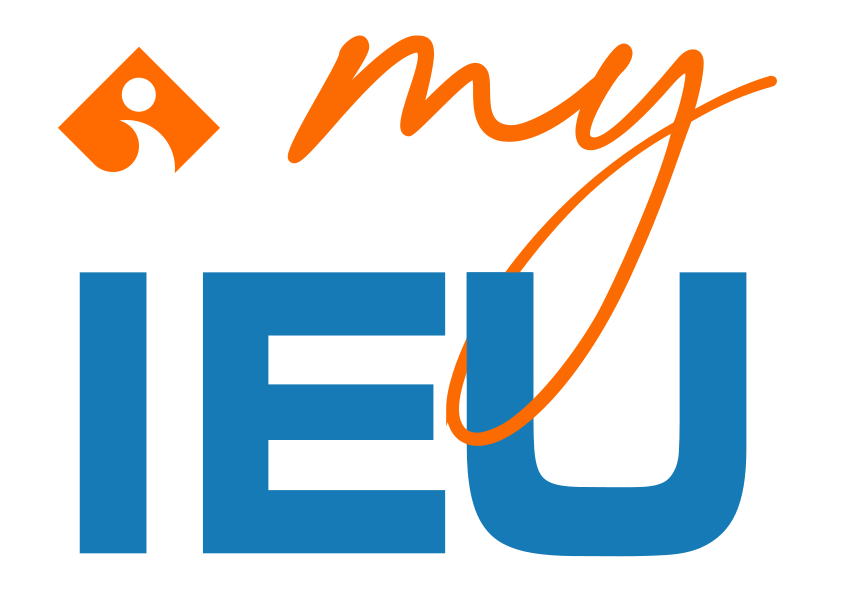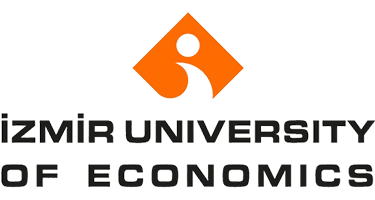Insurance and Risk Management Program
GEET 310 | Course Introduction and Application Information
| Course Name |
Gender and Media
|
|
Code
|
Semester
|
Theory
(hour/week) |
Application/Lab
(hour/week) |
Local Credits
|
ECTS
|
|
GEET 310
|
Fall/Spring
|
3
|
0
|
3
|
4
|
| Prerequisites |
None
|
|||||
| Course Language | ||||||
| Course Type |
Second Foreign Language
|
|||||
| Course Level |
-
|
|||||
| Mode of Delivery | - | |||||
| Teaching Methods and Techniques of the Course | - | |||||
| National Occupation Classification | - | |||||
| Course Coordinator | ||||||
| Course Lecturer(s) | ||||||
| Assistant(s) | - | |||||
| Course Objectives | This course conceptualizes gender as a category of knowledge and aims to understand how gender is constructed by the media. We will consider gender as a constitutive element of identity and by analyzing its intersection with other categories such as race, class, nation and sexuality, we will grasp the importance of the representation of gender in media and its meaning for our lives. The course consists of lectures, screenings and discussions revolving around critical analysis of and engagement with contemporary examples of film, television, adverts and new media. |
| Learning Outcomes |
The students who succeeded in this course;
|
| Course Description | his course examines various images and representations of gender in media paying particular attention to contemporary discussions. Employing theories from cultural studies, media, film, reception and gender studies, it explores different processes and practices of gender, specifically in terms of media representations of femininity, masculinity and queerness. The media plays a major role in "constructing" gender, and “popular” views of what appropriate gendering is, in turn, shape how we communicate with each other. Participation (20%) – You should come to class prepared to ask questions and ready to make lively, insightful, substantive and respectful contributions to our discussion of the course materials. Written Assignment (20%): These assignments require the students to select a theme we have covered in the class and conduct a detailed analysis of how that example reflects the context in which it was produced/distributed/exhibited. |
| Related Sustainable Development Goals |
|
|
Core Courses | |
| Major Area Courses | ||
| Supportive Courses | ||
| Media and Management Skills Courses | ||
| Transferable Skill Courses |
WEEKLY SUBJECTS AND RELATED PREPARATION STUDIES
| Week | Subjects | Related Preparation |
| 1 | Course Introduction: Why should and how do we study gender in the media | |
| 2 | Introduction to Gender and Media | • Lecture: What is Gender? Understanding Media’s Role • Reading: Judith Butler (1990), Gender Trouble (Introduction & Chapter 1) • Video: Chimamanda Ngozi Adichie – We Should All Be Feminists (TED Talk) |
| 3 | Global Perspectives on Gender Representation | • Lecture: Gender in Western vs. Non-Western Media • Reading: Rosalind Gill (2007), Gender and the Media, Chapter 3 • Video: Miss Representation – Official Trailer |
| 4 | Feminism and Media | • Lecture: Waves of Feminism in Media • Reading: bell hooks (2000), Feminism is for Everybody (Chapters 4 & 6) • Video: "The F-Word: Who Wants to be a Feminist?" (BBC Documentary Clip) |
| 5 | Masculinity and Media | • Lecture: Toxic Masculinity and Its Representation • Reading: Raewyn Connell (1995), Masculinities, Chapter 1 • Video: The Mask You Live In – Trailer |
| 6 | Queer theory and queer in media | • Lecture: Visibility and Stereotyping of LGBTQ+ Identities • Reading: Susan Stryker (2008), Transgender History, Chapter 2 • Video: Disclosure – Official Trailer |
| 7 | Social Media and Influencers | • Lecture: Gender Performances on Social Media • Reading: Alice E. Marwick (2013), Status Update, Chapter 5 • Video: Instagram and Gender Performances |
| 8 | Gender and Film | • Lecture: Gender in Global Cinema • Reading: Laura Mulvey (1975), "Visual Pleasure and Narrative Cinema" • Video: Wonder Woman: A Feminist Perspective |
| 9 | Midterm | |
| 10 | Media, Gender, and Race | • Lecture: Intersectionality in Media Representations • Reading: Kimberlé Crenshaw (1989), "Demarginalizing the Intersection of Race and Sex" • Video: Race and Gender Intersectionality Explained |
| 11 | Gender and News Media | • Lecture: Gendered Narratives in Global News • Reading: Karen Ross (2010), Gendered Media: Women, Men, and Identity Politics, Chapter 2 • Video: Gender Bias in the News Media |
| 12 | Student Presentation | • Format: Presentations on a chosen media artifact (advertisement, film, news story) and its gender representation |
| 13 | Student presentations | |
| 14 | Student presentatios | |
| 15 | Evaluation of the term, discussion and preperation for the final exam | |
| 16 | Final |
| Course Notes/Textbooks | |
| Suggested Readings/Materials | The course uses the sources that are listed above |
EVALUATION SYSTEM
| Semester Activities | Number | Weigthing |
| Participation |
1
|
|
| Laboratory / Application | ||
| Field Work | ||
| Quizzes / Studio Critiques | ||
| Portfolio | ||
| Homework / Assignments | ||
| Presentation / Jury |
1
|
30
|
| Project | ||
| Seminar / Workshop | ||
| Oral Exams | ||
| Midterm |
1
|
30
|
| Final Exam |
1
|
40
|
| Total |
| Weighting of Semester Activities on the Final Grade |
3
|
60
|
| Weighting of End-of-Semester Activities on the Final Grade |
1
|
40
|
| Total |
ECTS / WORKLOAD TABLE
| Semester Activities | Number | Duration (Hours) | Workload |
|---|---|---|---|
| Theoretical Course Hours (Including exam week: 16 x total hours) |
16
|
3
|
48
|
| Laboratory / Application Hours (Including exam week: '.16.' x total hours) |
16
|
0
|
|
| Study Hours Out of Class |
14
|
2
|
28
|
| Field Work |
0
|
||
| Quizzes / Studio Critiques |
0
|
||
| Portfolio |
0
|
||
| Homework / Assignments |
0
|
||
| Presentation / Jury |
1
|
10
|
10
|
| Project |
0
|
||
| Seminar / Workshop |
0
|
||
| Oral Exam |
0
|
||
| Midterms |
1
|
10
|
10
|
| Final Exam |
1
|
24
|
24
|
| Total |
120
|

IZMIR UNIVERSITY OF ECONOMICS GÜZELBAHÇE CAMPUS
DetailsGLOBAL CAREER
As Izmir University of Economics transforms into a world-class university, it also raises successful young people with global competence.
More..CONTRIBUTION TO SCIENCE
Izmir University of Economics produces qualified knowledge and competent technologies.
More..VALUING PEOPLE
Izmir University of Economics sees producing social benefit as its reason for existence.
More..
You are one step ahead with your graduate education at Izmir University of Economics.


